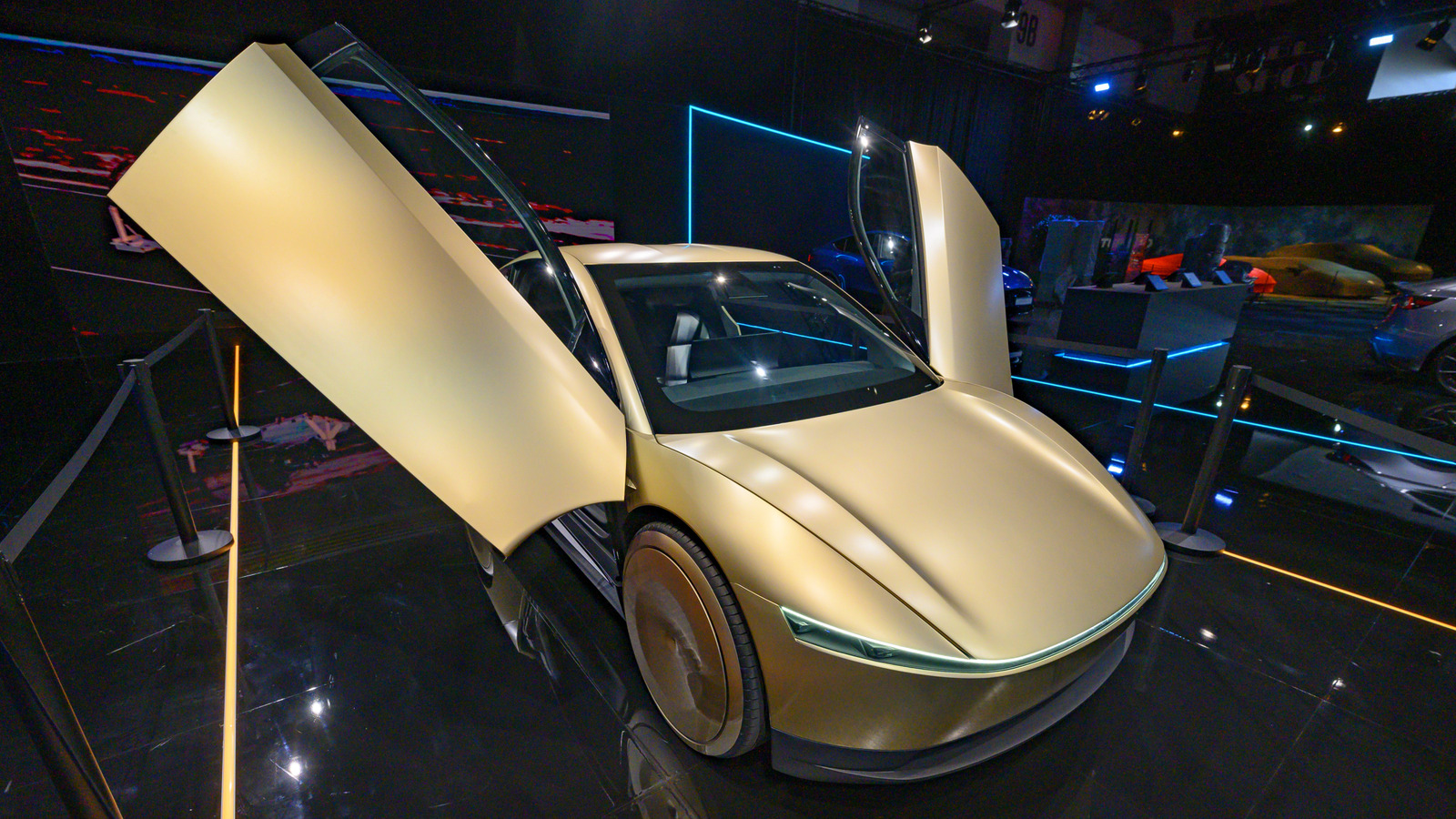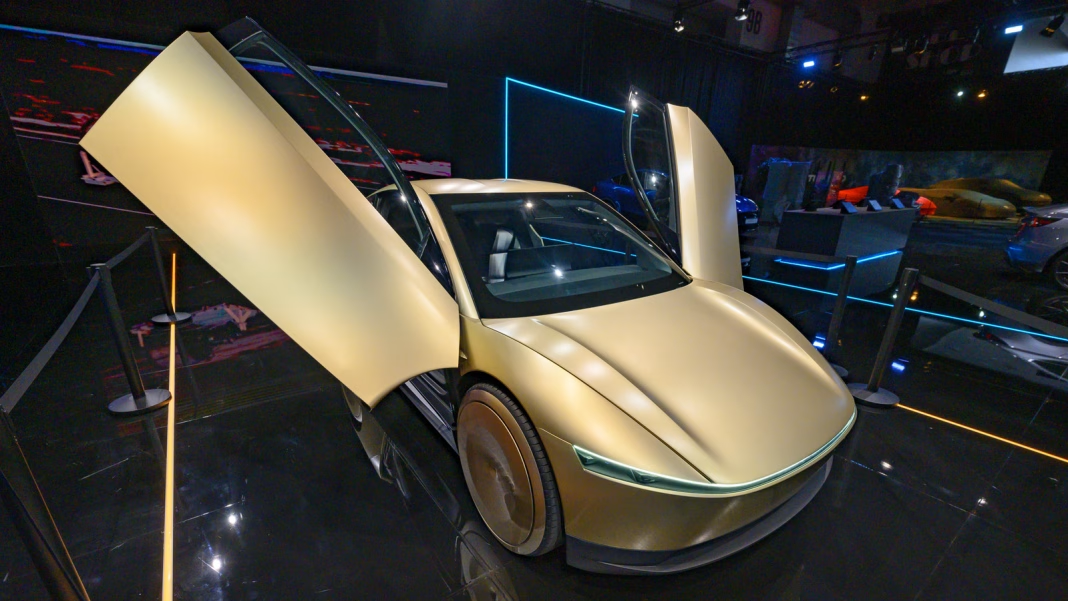Elon Musk has stirred up excitement once again, announcing that Tesla’s robotaxi service is set to launch in Austin, Texas, next month. This news has sparked a flurry of discussions about the future of transportation and the role of autonomous vehicles in our daily lives. But what does this mean for the average person? Let’s dive into the details of this announcement and explore the implications for both consumers and the electric vehicle (EV) market.
What Are Robotaxis and How Will They Work?
So, what exactly is a robotaxi? In simple terms, it’s a self-driving vehicle that picks you up and drops you off without the need for a human driver. Tesla’s version aims to leverage its advanced AI and extensive data from its existing fleet to navigate urban environments. Musk has hinted that the initial rollout in Austin will be limited, focusing on specific areas and perhaps a select group of users. This cautious approach makes sense; deploying autonomous vehicles in a bustling city like Austin poses unique challenges, from navigating traffic to ensuring passenger safety.
The excitement around robotaxis isn’t just about convenience; it’s about the potential to reshape urban mobility. Imagine a future where you can summon a ride with a simple tap on your phone, eliminating the need for car ownership altogether. This could lead to reduced traffic congestion and lower emissions, aligning perfectly with the goals of sustainable urban development.
What’s Happening with EV Charger Installations?
While the buzz around robotaxis is palpable, there’s another side to the EV story that’s raising eyebrows. Recent reports indicate that the installation of EV chargers has taken a significant hit, with numbers drastically down. This decline has been linked to various factors, including political decisions and funding allocations. Notably, some critics point to the previous administration’s policies, suggesting that they may have hindered the growth of necessary infrastructure for electric vehicles.
The lack of charging stations can be a major roadblock for EV adoption. If potential buyers don’t feel confident that they can easily charge their vehicles, they might hesitate to make the switch from gas to electric. This is particularly concerning as more consumers express interest in EVs, especially with the growing awareness of climate change and the push for greener alternatives.
How Do These Developments Affect Consumers?
For consumers in Austin, the arrival of robotaxis could mean a new era of transportation. If successful, this service could offer a cost-effective and efficient way to get around, especially in a city known for its vibrant nightlife and bustling events. However, the limited rollout may leave some residents wondering when they’ll have access to this technology.
On the flip side, the slowdown in EV charger installations could dampen enthusiasm for electric vehicles. If the infrastructure isn’t there to support these cars, potential buyers might stick with traditional vehicles, which could slow down the transition to cleaner energy sources. It’s a classic case of supply and demand—without the necessary support, the growth of the EV market could stall.
What’s Next for Tesla and the EV Market?
As Tesla moves forward with its robotaxi plans, the company will need to navigate the complexities of urban environments while ensuring safety and reliability. The success of this venture could set the tone for other companies looking to enter the autonomous vehicle space.
Meanwhile, addressing the charger installation issue is crucial. Stakeholders, including government agencies and private companies, must collaborate to expand the charging network. This will not only support current EV owners but also encourage more drivers to make the switch to electric.
The big takeaway? The future of transportation isn’t just about flashy new technologies; it’s about creating a supportive ecosystem that makes sustainable choices easy and accessible. Whether you’re in Austin or elsewhere, staying informed and engaged with these developments can help shape a greener, more efficient future. So, keep an eye on these changes—your next ride might just be a robotaxi!


